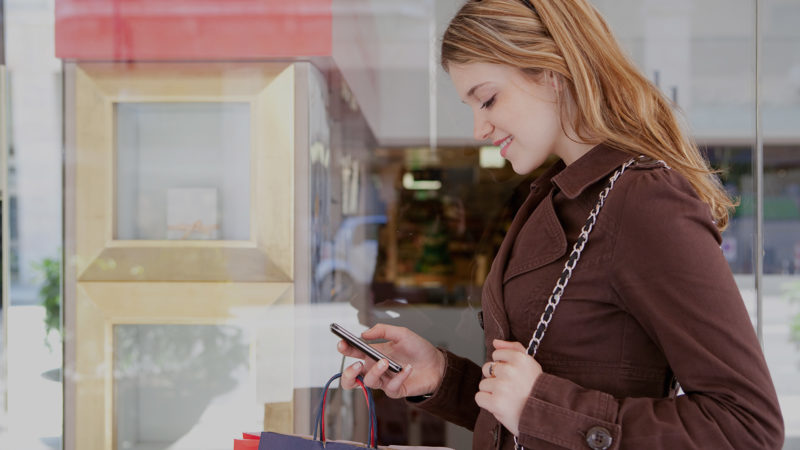Musical chairs: where do beacons fit in the retail sensor landscape?
As more retailers adopt beacon technology, columnist Florent Peyre believes it's only a matter of time before it becomes ubiquitous. How will you incorporate this new tech into your marketing strategy?
Beacons are interesting retail technologies to watch. We already know that big brands like Macy’s and Target are testing beacons in their stores, and more recently, retailers like Barney’s new flagship store in Manhattan are deploying full beacon networks.
I think we’ll see a hockey stick in beacon adoption in the coming year. But it’s critical that retailers get it right.
Retailers hoping to get an edge with beacons need to understand that they don’t need to decide whether or not to use beacons; rather, they need to determine which sensor is best for each unique job.
Proceed at your own analytics peril
Retailers are chomping at the bit to learn more about how their customers move throughout their stores, how much time they spend in front of specific displays and which promotions get people to stick around longer. Beacons promise to answer those questions by quietly monitoring customers as they navigate stores, but are they the silver bullet?
Unfortunately, I don’t think so.
Beacons are not yet mature enough to be used for analytics. This is, in part, because only a very small percentage of people (often the most tech-savvy customers) actually have beacons enabled on their phones. But the main issue is that there is a very real risk of gathering inaccurate data.
Beacons aren’t ideal for precise measurements, like counting people, because they’re proximity sensors. And some beacons are limited to gathering data on specific devices, which could lead retailers to come to poor conclusions if the data isn’t carefully scrutinized by an analyst with a deep understanding of retail or data science.
There are better sensors and technologies to gather more accurate in-store analytics.
Personalization
Imagine walking into a store and being greeted by name by a shopping assistant. That person can bring you the last five items you viewed online, in your size. They know all of your favorite brands and that you last shopped at the store five months ago.
Beacons promise retailers this ability — to be able to treat every customer as if they were their best friend.
I generally agree that personalization is one of the most promising uses for the technology, especially considering the recent developments from Google that make it even easier to opt into nearby experiences. For example, Simon Property Group rewards customers every time they visit stores, and beacons are the way they track those visits. They also identify upfront why a customer is receiving a push. Both are key to building customer trust.
Because beacons require application integrations to do anything beyond tracking proximity, the data and context necessary for personalization are, by definition, at your disposal. Few other sensors have ties into this type of contextual data, giving beacons a massive advantage as the primary tool to pull off in-store personalization.
Customer engagement
Customer engagement is another area where beacons really shine. They allow retailers to create a relationship with the customer by enhancing the customer journey.
Macy’s Black Friday “Walk In and Win” game is a great example of campaign thinking built around beacon technology. But simply pushing coupons and contests is a far cry from the true potential of the technology.
Instead, retailers should focus on creating a dialogue. Imagine getting feedback from customers on their experience, learning — in real time — if a new department lives up to expectations, or getting input on what customers would like to see the next time they visit. Beacons make it possible to give customers a voice in the shopping experience.
The sensors 2.0 boom
Retail has a long history of using sensors to innovate: temperature sensors, magnetic merchandise sensors, scanners, NFC, motion detectors and so on. Beacons are not a new category; they fit in line with the rest of the retail sensor stack. They’re just getting a lot of buzz right now because they’re at the leading edge of a new wave of sensor technology.
We’re seeing this technology outside of retail, too. Wearables are being used in clinical trials. Beacons are being used for push messages. And in my own company, we’re using computer vision for urban planning. All of these different sensors excel at different things. In retail, it’s no different.
If you’re a retailer embarking on a beacon project this year, take a step back. Look at your business from 50,000 feet. You may realize that you don’t need a beacon strategy, you need a sensor strategy.
Opinions expressed in this article are those of the guest author and not necessarily MarTech. Staff authors are listed here.
Related stories
